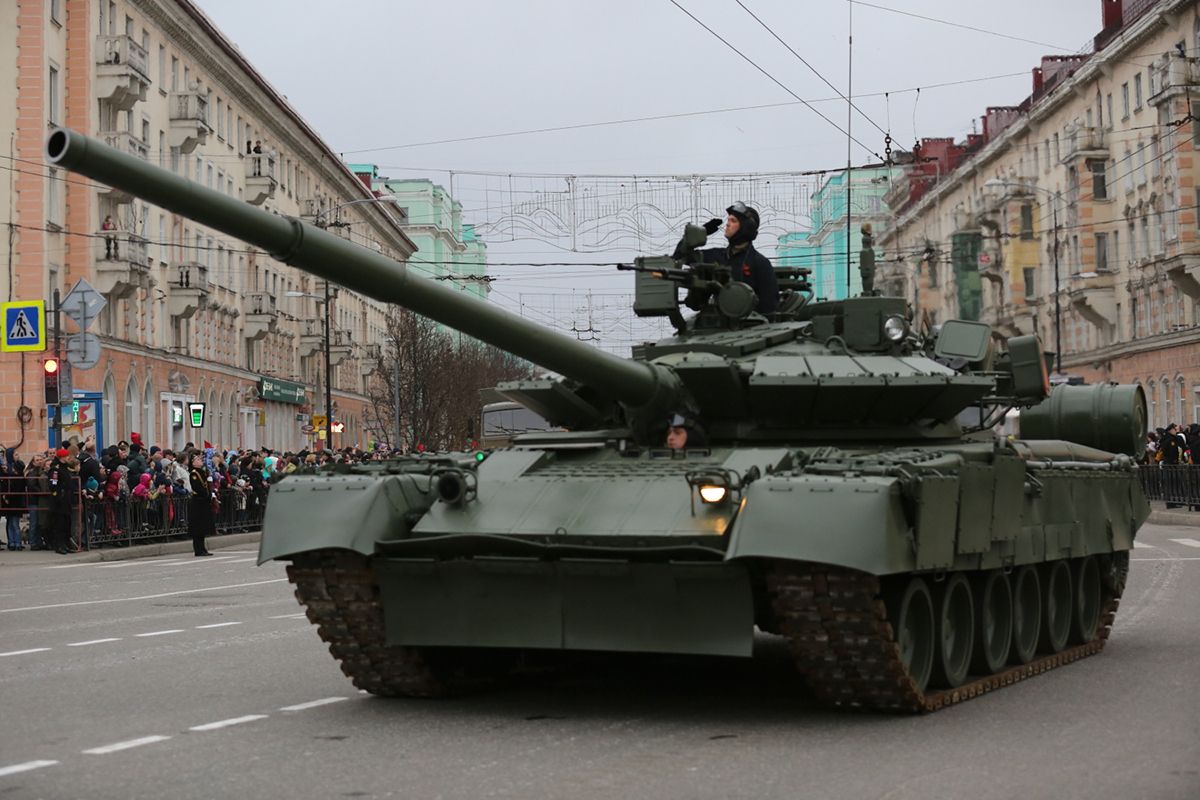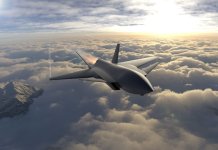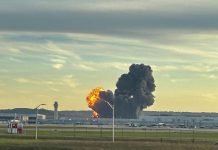After the disintegration of the former Soviet Union, all of its cutting-edge military equipment was inherited by the constituent states that became independent republics. One such system was the T-80 Main Battle tank (MBT).
While Ukraine, Belarus, and Kazakhstan inherited several of these tanks, Russia kept the majority. Russia has fielded several T-80s, alongside other Soviet-era tanks, to cut through strong Ukrainian defenses.
In a recent interaction, a decorated Russian tanker swore by the capability of the T-80. The tank unit commander with the call sign “Artsakh,” recently awarded the medal “For Courage,” was all praise for the T-80 tank. He told RIA Novosti that the Russian T-80 tank performs very well in the offensive.
“It starts quickly, warms up for two or three minutes, and when it goes on the offensive, it is practically inaudible. When it comes very close, by 100-200 meters, only then can the enemy hear it. But it leaves positions loudly – it has a gas turbine engine, and all the sound from the engine goes back,” Artsakh said.
The T-80 is powered by a gas turbine, giving it a top road speed of 70 kilometers per hour and an efficient power-to-weight ratio of 25.8 horsepower per ton.
It may be worth noting that while other diesel tanks can take up to 45 minutes to start in temperatures of -30 degrees, gas turbine tanks like that of the T-80s enable the tanks to start within a few minutes.

The fact that these tanks can function well in various conditions is one of the main reasons why they have been so popular in Russia for nearly two and a half decades and are still in use today.
Due to their improved turbine engine compared to T-72s and even T-90s, the T-80s are said to have performed far better in Russia’s sub-zero temperatures.
It has been seen in the ongoing conflict that tanks may be highly vulnerable to precision-guided anti-tank missiles. If Ukrainian estimates are anything to go by, Russia has lost more than 3000 tanks. The vulnerability of expensive and advanced battle tanks like the T-90s makes it imperative to deploy Soviet-era tanks.
These comments by the decorated Russian tanker about the archaic T-80 tank come when Ukraine is gearing up to receive cutting-edge Western battle tanks. Earlier this month, Germany said it would send Leopard 2 tanks, and the US said it would send M1 Abrams tanks, while the United Kingdom has pledged its Challenger tanks to Ukraine.
#Abrams vs. T-80 in nearly identical conditions.#RussiaUkraineWar #abramsforukraine pic.twitter.com/89azfWLbkC
— Russia in Donbas (@fy_rwsya) January 23, 2023
While Ukraine’s Western MBTs may be more advanced than the Russian T-80s, a recent video on the internet suggests that the Russian tanks may do better in the snow than the American Abrams.
Military experts say tanks can disrupt an adversary’s defenses if deployed in large numbers. A former colonel in the British Army’s Royal Tank Regiment, Hamish de Bretton-Gordon, told BBC that more than 100 Western battle tanks could make a big difference.
However, it is unclear whether the tanks that Kyiv secures will cross the 100 mark. Inspired by the American and German announcements, several other NATO allies, including Poland and the Netherlands, have also expressed their willingness to arm Kyiv with their MBTs.
The Prowess Of Russia’s T-80 Tanks
The T-80 tank is based on the old T-64 tank of the Russian Army. However, T-80’s key difference from other serial Soviet tanks is the use of a single gas turbine power plant with a capacity of 1,000 horsepower. In addition, the T-80 was the first to use built-in dynamic protection.
The T-80 Main Battle Tank (MBT) was made primarily to attack enemy armored vehicles, soldiers, fortifications, and low-flying helicopters in any weather and time of the day.
The tanks have a very high weight-to-power ratio, making them among the most maneuverable tanks ever made by the Soviet Union. The T-80’s cutting-edge fire control system and 125mm 2A46M smoothbore main gun guarantee target kill with the first bullet, whether the vehicle is moving or stationary.

Automatic fire suppression and NBC protection systems are also included in the main combat tank. The T-80s are additionally believed to be significantly warmer and more comfortable for the tank crew in harsh weather.
The T-80s have many layers of armor with integrated explosive reactive armor (ERA) to protect against direct hits and top-attack weaponry to outlive earlier Soviet MBTs. Their low radar, optical, auditory, and other characteristics also help them survive.
A factory in Omsk, Russia, built the T-80U for the last time in 2001. Russia also developed an experimental T-80UM2 main battle tank that was obliterated by Ukrainian troops early in the conflict in March.
Russia cannot upgrade its T-72 and T-80 tanks which it removes from storage, to the the latest models due to sanctions. According to Russian media, the optics that are installed are older and of poorer quality. There are also problems with the installation of dynamic protection.
— NOËL ?? ?? (@NOELreports) January 25, 2023
According to the latest reports, sanctions prevent Russia from replacing its outdated T-72 and T-80 tanks. According to Russian media, the optics installed on the T-80 are allegedly more dated and of worse quality. The implementation of dynamic protection has issues as well.
In the year-long war, several of these refurbished tanks were destroyed or captured by Ukrainian troops.
Having said that, as both sides prepare for a possible spring offensive to achieve a breakthrough, the T-80s will likely see more action on the battlefield.
- Contact the author at sakshi.tiwari9555 (at) gmail.com
- Follow EurAsian Times on Google News




